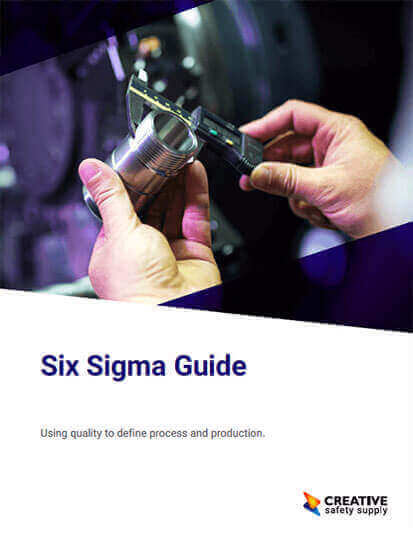
A Minimum viable product (MVP) is the version of a new product that is released to early adopters with basic features in which the producer is then able to gather information for improvement. This allows the producer to make changes or drop the product before a large amount of work and money are spent without proof that the customers find it useful. Utilizing a Minimum viable product is an essential step in the Lean Startup method.
When companies or individuals are looking to produce an MVP product that customers will be able to test themselves, the creators must think about a few critical questions before any sort of prototype is created:
- Is the problem they are trying to solve shared between both the producer and the customer?
- Does the solution resolve the problem that the customer is grappling with?
If the consensus allows the production of the product to move forward, then the next step in the process is to get something into the customer’s hands, this is the MVP’s purpose. Oftentimes, the build/measure/learn loop is utilized for this process and can prove to be an important tool for succession of steps in building a successful product. Minimum viable products are designed to be physically usable to the early adopter yet, incorrect use of the build/measure/learn loop can result in customer interviews and teaser pages acting as a source of feedback. The trick to avoiding that problem is to assign some monetary value to the MVP used by those early adopters, similar to that of a beta release.
Essentially, the MVP is used to maximize learning for both the customer and the manufacturer. It is a safety net for time and money loss, and in that respect works to eliminate waste in Lean Manufacturing.
Similar Glossary Terms
- Lean Startup
- APQP (Advanced Product Quality Planning)
- Quality Function Deployment
- CTQ
- Quality Engineering
- Voice of Customer (VOC)
- Agile Manufacturing
- Axiomatic Design
- TEAM Metrics


